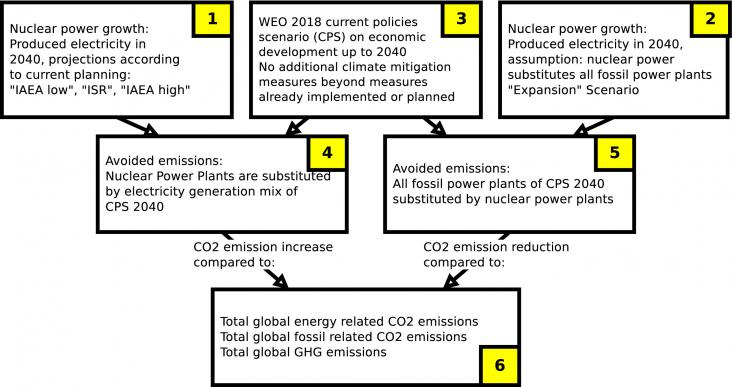
As large renewable capacities penetrate the European energy system and the climate faces significant alterations, the future operation of hydropower reservoirs might deviate from today.
This article supports SDGs 7 and 9 by introducing interpretable artificial intelligence (AI) tools, especially proxy models based on artificial neural networks, efficient variable analysis and optimal value prediction of membrane electrode components in proton exchange membrane fuel cells, thereby improving their performance and reducing computational costs.
Elsevier,
Renewable Energy Systems
Modelling, Optimization and Control, Advances in Nonlinear Dynamics and Chaos (ANDC), 2021, Pages 687-705
This book chapter addresses SDG 7 by explaining how a stand-alone solar PV/wind hybrid system works including necessary controlling and modeling.
The review examined the potential of renewable and non-renewable energy resources and the current state of exploitation in Kenya.

Nuclear power's contribution to climate change mitigation is and will be very limited. Currently nuclear power avoids 2–3% of total global GHG emissions per year. According to current planning this value will decrease even further until 2040. A substantial expansion of nuclear power will not be possible. Given its low contribution, a complete phase-out of nuclear energy is feasible.

Many inhabited Greek/Mediterranean islands are unsustainable without mainland support due to lack of access to clean water and energy. This case study establishes the feasibility of sustainable green energy solutions for these settlements.

This paper provides a methodology for the holistic analysis of hybrid renewable energy systems in rural communities.
This book chapter advances SDG 7 by introducing electrification as a megatrend directly shaping not only the energy system but also society, global development, and energy politics internationally. In particular, it highlights the potential for electrification as a master solution for an accelerated transition to climate neutrality


